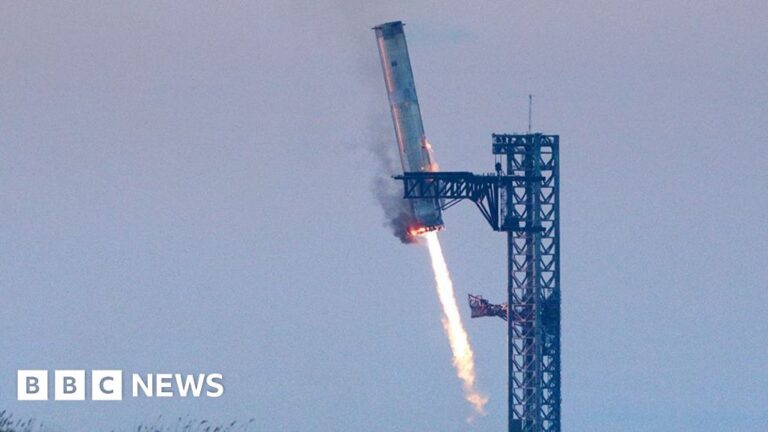When President Trump first pushed tariffs on China in 2018, Apple began moving more production of iPads and AirPods to Vietnam and iPhones to India. But with Mr. Trump’s return to the White House, that strategy may have backfired for the world’s most valuable publicly traded company.
On Wednesday, Mr. Trump said that the United States would put tariffs of 46 percent on Vietnam and 26 percent on India. The White House has said the tariffs are effective immediately, but some trade experts consider them to be preliminary and designed to be a starting point for negotiations to reduce overseas tariffs.
The proposed tariffs threaten to compound the pressure on Apple’s business. The company is already dealing with 20 percent tariffs on products imported from China, where Apple makes about 90 percent of the iPhones it sells around the world. Mr. Trump said that the rate would go to 34 percent under his new tariff plan.
Apple’s stock fell 5.7 percent in aftermarket trading following Mr. Trump’s remarks.
Apple will take these new tariff numbers and put them in models they have built and know within hours how big of a problem they have, said Anna-Katrina Shedletsky, the founder of Instrumental, a Bay Area company that uses artificial intelligence to improve manufacturing performance. She previously worked at Apple.
After Mr. Trump took office, Tim Cook, Apple’s chief executive, went to the White House and promised that Apple would invest hundreds of billions of dollars in the United States. In February, Apple followed through on that promise by pledging to invest $500 billion in the country, with much of the money already part of its spending plans.
In 2017, as Mr. Trump started in office, Apple began setting up assembly lines for iPhones in India. It took five years for it to train workers and build the infrastructure to make its newest iPhones in the country. It is in the process of increasing production there, with hopes the country’s factories manufacture about 25 percent of the 200 million iPhones that it sells annually.
The company also began shifting production of AirPods, iPads and MacBooks to Vietnam. The country became a destination for Apple and others after Covid-19 shut down factories in China in 2020, and Vietnam’s factories accounted for more than 10 percent of the top 200 suppliers that the company had in 2023.
Vietnam was an appealing location because of its proximity to China. India was alluring because Apple wanted to boost sales of iPhones in the country, which is the world’s second largest smartphone market.
But Apple has struggled in the past with U.S. production. The Texas plant that made Macs had problems as some workers walked off the job after their shift but before their replacements had arrived, forcing the company to shut down the assembly line. It also struggled to find suppliers that could make components it needed like a custom screw.
Mr. Cook has said that the United States doesn’t have enough skilled manufacturing workers to compete with China. At a conference in late 2017, he said that China was one of the few places where Apple could reliably find people capable of running the state-of-the-art machines that make its products.
In the U.S., you could have a meeting of tooling engineers, and I’m not sure we could fill the room, Mr. Cook said. In China, you could fill multiple football fields.
Source link




